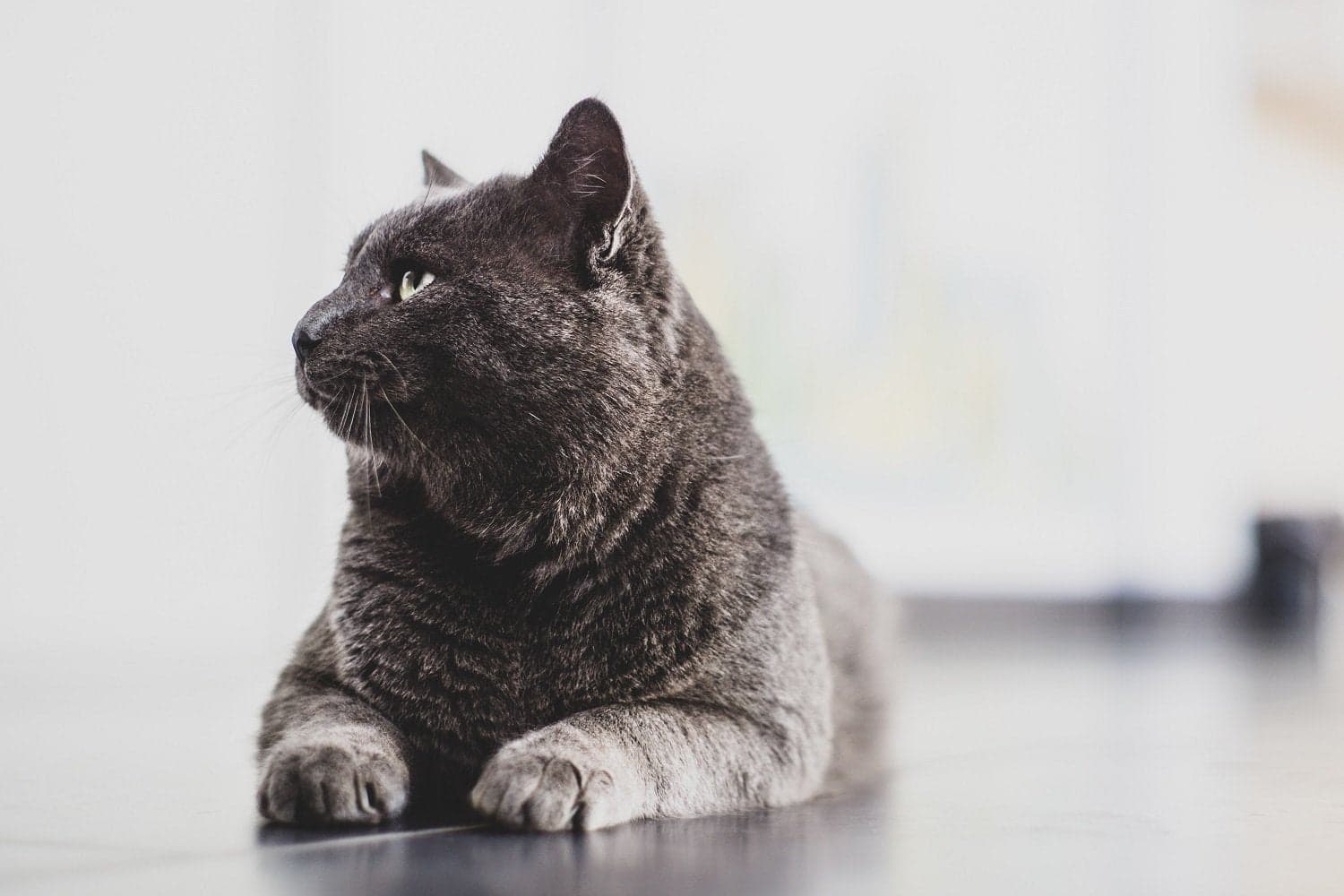Hypokalemia refers to athe state of low potassium ion (K+) levels in the blood. It's often a secondary problem caused by other deficiencies or diseases, but it may also be a result of a primary congenital disease, such as hypokalemic period polymyopathy. Hypokalemic periodic polymyopathy is a genetic disease of the Burmese and closely related cats. The condition is marked by either generalized or localized skeletal muscle weakness, often episodic in nature.
Background information
Potassium (K+) is a very important cation in organisms. The relationship between potassium concentrations inside and outside the cell directly affects the resting potential, or the imbalance of electrical charge, of the resting cell membrane. Because of this, potassium is a crucial ion in the function of nervous tissues and muscles. Perturbations of the potassium levels can, therefore, be debilitating (Lehmann-Horn & Jurkat Rott, 1999 & Schaefer & Wolford, 2005). DThe disrupted potassium levels are often a secondary condition caused by other underlying factors. Other times, theyre are a result of a primary condition, such as hyperkalemic period paralysis (hypoKPP) in humans and horses (Naylor, 1994) or hypokalemic periodic polymyopathy in cats (Malik et al, 2015).

Genetics
Hypokalemic periodic polymyopathy in cats is caused by a nonsense, recessive mutation in the WNK4 gene. This is a gene coding for lysine-deficient 4 protein kinase, an enzyme present in the distal nephron, located in the kidney. The enzyme is involved in sodium/potassium exchange mechanisms in the kidney. As a result, affected cats suffer from a potassium wasting nephropathy (Malik et al, 2015). The mutation is inherited in an autosomal recessive mode, meaning that a cat must inherit two mutated copies of the gene (alleles), one from each of itsthe parents, in order to be affected by the disorder. Cats who carry only one mutated allele and one healthy allele remain silent carriers (they can pass on the trait to their offspring but aren't affected themselves). If two silent carriers cross, there is a 25% chance for each kitten to be affected. Two affected cats give only affected offspring.

Symptoms and diagnosis
This disease is characterized by muscle weakness due to hypokalemia. The muscle pain is often episodic and can be generalized or localized. The clinical presentation therefore may include ventroflexion of the head and neck, head bobbing, dorsal protrusion of the scapulae, anorexia and crouching gait. Today, diagnosis of hypokalemic periodic polymyopathy is very straightforward and is achieved with a PCR test (Malik et al, 2015). The test reveals both homozygotes (affected cats), as well as heterozygotes (silent carriers).
Treatment and prognosis
The prognosis for hypokalemic periodic polymyopathy is excellent if diagnosed and treated timely and correctly and in a timely manner. The treatment involves potassium supplementation which should correct hypokalemia and relievef the symptoms.

Hypokalemic periodic polymyopathy is a disease which, like many other conditions, can be managed successfully if diagnosed in timetimely. Because it is congenital, it is recommended not to breed from carriers of the mutation to help prevent progression of the mutation into the next generation.
Bibliography
Lehmann-Horn F, Jurkat-Rott K (1999) Voltage-gated ion channels and hereditary disease. Physiol Rev 79: 1317–1372.
Malik R, Musca FJ, Gunew MN, Menrath VH, Simpson C, Culvenor J, Grahn RA, Helps C, Lyons LA, Gandolfi B (2015). Periodic hypokalaemic polymyopathy in Burmese and closely related cats: a review including the latest genetic data. J Feline Med Surg 17(5): 417-26. doi: 10.1177/1098612X15581135.
Naylor JM (1994) Equine hyperkalemic periodic paralysis: review and implications. Can Vet J 35: 279–285.
Schaefer TJ, Wolford RW (2005) Disorders of potassium. Emerg Med Clin North Am 23: 723–747, viii–ix.



